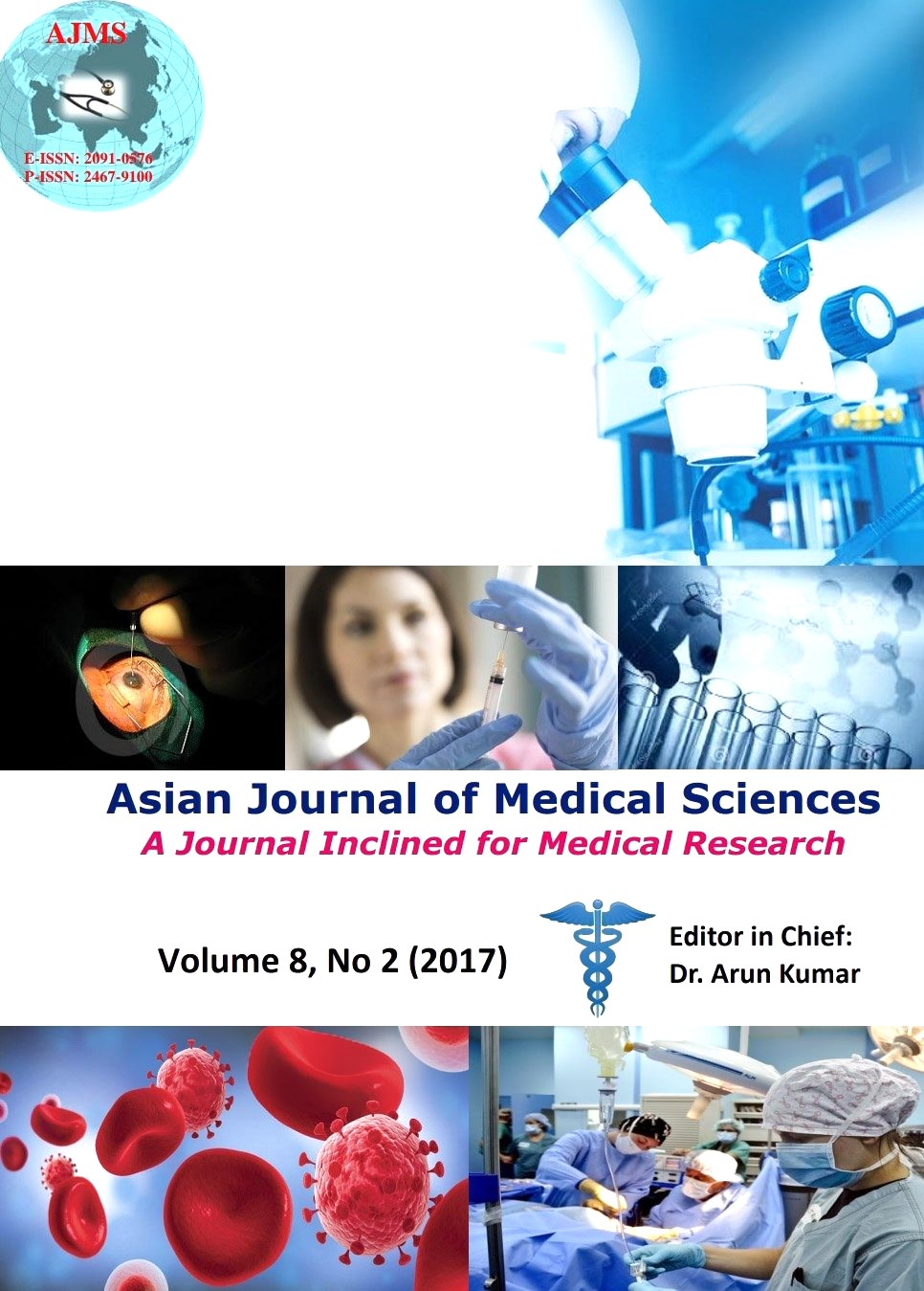Hepatic amyloidosis - primary AL type, sub nephrotic proteinuria and budd chairi syndrome – A nugget
Keywords:
Amyloidosis, fibrillary protein, progressive liver failureAbstract
We describe a case of 62-year-old gentleman presenting with abdominal pain associated with loss of weight, nocturia, oedema of feet, constipation, altered sleep rhythm and dyspepsia. On evaluation he had hepatomegaly with raised alkaline phosphatase and raised GGT levels with normal transaminases and bilirubin. On imaging he had diffuse enlargement of liver with heterogeneous contrast uptake in liver. His viral marker and autoimmune markers were negative. Liver biopsy depicted deposition of amorphous eosinophilic substance within the sinusoids which revealed apple green birefringence on polarizing microscopy after Congo red staining; Congophilia persisted even after treating with KMnO4. Abdominal fat pad was negative for amyloid deposit. Cardiac evaluation was unremarkable and renal evaluation showed Subnephrotic proteinuria and microhematuria. Serum and urine immunofixation electrophoresis showed positive kappa, lambda and gamma globulin. Immunoperoxidase staining for serum amyloid associated protein for secondary amyloidosis was negative from liver biopsy. Here we report a case of primary hepatic amyloidosis that presented with features of hepatic vein obstruction. The association of Budd-Chiari's syndrome, with amyloidosis may be related to the increased risk of thrombosis observed in the latter disease also due to loss of anticoagulants due to significant proteinuria. Patient could not be treated either with chemotherapy or with surgery. We lost him for progressive liver failure.
Asian Journal of Medical Sciences Vol.8(2) 2017 97-100
Downloads
Downloads
Published
How to Cite
Issue
Section
License
Authors who publish with this journal agree to the following terms:
- The journal holds copyright and publishes the work under a Creative Commons CC-BY-NC license that permits use, distribution and reprduction in any medium, provided the original work is properly cited and is not used for commercial purposes. The journal should be recognised as the original publisher of this work.
- Authors are able to enter into separate, additional contractual arrangements for the non-exclusive distribution of the journal's published version of the work (e.g., post it to an institutional repository or publish it in a book), with an acknowledgement of its initial publication in this journal.
- Authors are permitted and encouraged to post their work online (e.g., in institutional repositories or on their website) prior to and during the submission process, as it can lead to productive exchanges, as well as earlier and greater citation of published work (See The Effect of Open Access).




